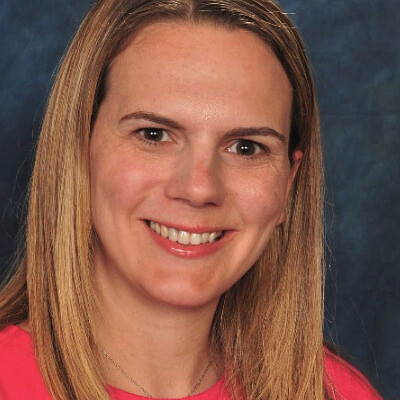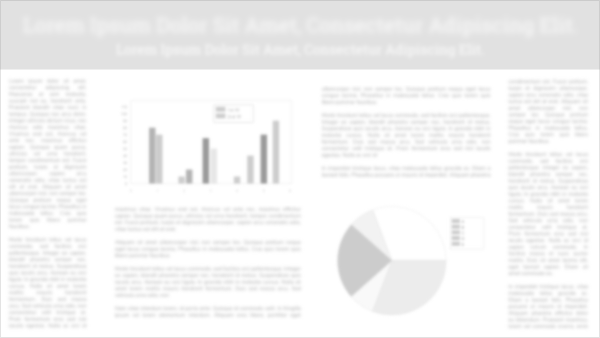Evaluating Interprofessional Team Performance in Clinical Encounters: Patient Care Across Different Races
Objective: This study evaluates how incorporating an element of social drivers of Health into interprofessional Team Observed Structured Clinical Encounters (TOSCEs) impacts team performance, collaboration, and communication.
Methods: TOSCEs included students from pharmacy, physician assistant and nursing programs. Students were assigned a peer-evaluated standardized-patient case focused on transitions of care, 30-minute cases were run 16 times, with 2-3 students/case. Case A involved a Black patient, while Case B involved a White patient. All other aspects were identical. Facilitators observing each TOSCE completed Interprofessional Collaborator Assessment Rubric evaluations based on eight questions derived from Interprofessional Education Collaborative competencies. Means were quantified for each question: not observable=1, minimal=2, developing=3, competent=4, and mastery=5. A mean comparison was conducted for overall team performance.
Results: Eighty students participated with 42 in Case A and 38 in Case B. Case B yielded higher means for 88% of evaluated domains. Teams showed stronger integration of information from others (Case B:3.6, A:3.3), more frequent sharing of information with the patient (B:3.6, A:3.4), and greater integration of the patient’s beliefs and values (B:3.3, A:2.5). They also showed increased sharing of information with other providers (B:3.4 , A:3.1), more frequent seeking of patient approval when sharing information (B:3.3, A:2.7), active listening (B:3.8, A:3.4), and a higher level of contribution to team discussions (B:3.9, A:3.2). Teams had the same score (3.5) for both cases regarding use of communication strategies.
Conclusion: Findings suggest that when caring for a Black patient, teams were less likely to incorporate patient beliefs and values and less likely to seek patient approval when sharing information. These disparities highlight potential biases in interprofessional communication and the need for enhanced training related to the social drivers of health.







